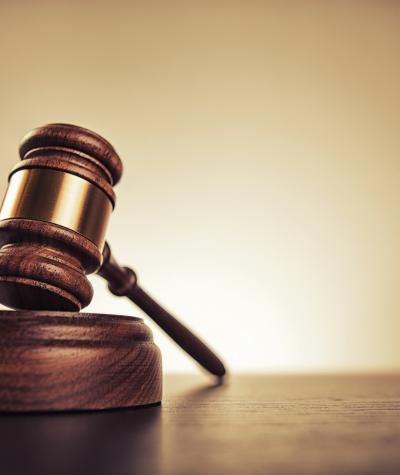While we continue to lament Tuesday’s blow to the Voting Rights Act in the Shelby County decision, it is imperative that we remember that the fight is not nearly over. That theme was certainly on display at the second evening of the Voting Rights Institute.
The Voting Rights Institute is a new program launched by the Campaign Legal Center and American University’s Washington College of Law with the mission of training the next generation of voting rights litigators. The Institute took on added importance as voting rights advocates attempt to protect the right to vote free of discrimination in a post-Shelby County world.
The “battleground has been moved,” Gerry Hebert told those in attendance at the Institute. And thus the field must not be ceded, the battle against discrimination must go on.
Hebert was joined by Dr. Allan Lichtman (American University), Nina Perales (Director of Litigation for MALDEF), and Chad Dunn of Brazil and Dunn and focused on the practical ins-and-outs of bringing Section 2 lawsuits, the most viable option for bringing voter discrimination cases in light of the Shelby County decision. In the wake of the shock and disappointment that followed the handing down of theShelby County decision, the evening was full of reminders that while advocates of racial equality and justice in the democratic process have had the most effective tool of voter protection ripped from them, this new reality makes it all the more important that the next generation of voting rights lawyers commit to becoming more practically knowledgeable of the twists and turns of litigating Section 2 cases and gain the skills to navigate these perilous waters effectively.
In substance, Section 2 of the Voting Rights Act is a universal prohibition against voting practices and procedures that result in a “denial or abridgment of the right of any citizen of the United States to vote on account of race or color [or membership in a language minority group].” 42 U.S.C. § 1973(a). To establish a Section 2 claim, a plaintiff must show that a “certain electoral law, practice, or structure interacts with social and historical conditions to cause an inequality in the opportunities enjoyed by black and white voters to elect their preferred representatives.” Thornburg v. Gingles, 478 U.S. 30, 47 (1986). The fact of the matter is that Section 2 cases can be one of the most complicated cases a court will hear. Today, most Section 2 cases are claims challenging voter dilution, where a procedure or practice operates to dilute minority voter strength. “Efforts to reduce the impact of minority votes, in contrast to direct attempts to block access to the ballot, are aptly described as “second-generation barriers” to minority voting and “appear in various forms.”Shelby County v. Holder, 570 U.S.__(2013) (Ginsberg, J., dissenting). In Section 2 vote dilution cases, evidence is usually produced of disparate negative impact on a protected minority group and the infringement on their equal opportunity to participate effectively in the electoral system. Instruction at the Institute on its second evening touched on methods of proving racially polarized voting, as well as factors to consider in hiring an expert. It is important that a testifying expert have the ability to explain very technical, complex data and results in a manageable and clear way to the finder of fact. There was also considerable discussion about the sheer costs involved in bringing Section 2 cases. Moreover, in many instances, it was pointed out, the judge presiding over any given Section 2 case may well be doing so for the first time, and it is important in such instances to educate the court (often through your expert). It was also noted that it is important for expert witnesses to be consistent in the approach from one case to another, especially when it comes to methodology and the criteria that they employ in their analysis, testimony, and conclusions. As Allan Lichtman, a seasoned expert witness, described it, “the secret to doing this job well is to always call it like you see it.” (Lichtman is a history professor at American University with an extensive expertise in quantitative methods, and has served as an expert witness in many Section 2 cases).
But effective utilization of experts in Section 2 cases entails going beyond just convincing the fact finders of the statistical basis for the challenge. And it was noted that although success under Section 2 does not require establishing intentional discrimination, presenting evidence of the intent behind the challenged voting practice or procedure may take on increasing importance in Section 2 cases in a post-Shelby County environment.
The Voting Rights Act is hailed as “the crown jewel of the civil rights movement,” because securing the right to vote is preservative of all other rights, and Section 2 and Section 5 in tandem provided effective tools to secure those rights for Americans. Hebert emphasized the importance of calling on Congress to respond in a strong bipartisan manner, consistent with the prior reenactments of the VRA, with new legislation to safeguard the franchise. In the interim, current and future civil rights litigators must use the tools with which we are left in new and innovative ways to regain ground that has been lost and forge forward towards a truly fair and functioning democracy.
The nation’s fight for equality of voting rights will be a long battle in part because the incentives are just simply too high for those who would gain from the denial of this most fundamental right to others. Thus, the mission of the Voting Rights Institute is to provide the next generation of civil rights litigators with the both practical and innovative strategies to combat the ever morphing and ingenious methods employed to silence the voices of others.
